10 Reasons Why the WCC Filter Holder is Essential for Landscape Photographers
1. Remove the ND Between Exposures
The ability to removed the ND between exposures without disturbing critical focus and composition is so important, that it renders all other holder systems useless. It’s that important. Think about it. You traveled thousands of miles to get here, the sun is rising, you’ve only got a moment to get the perfect shot. The camera is positioned perfectly. The grad and polarizer are working their magic on the sky and water, and your final step is to drop in that dark ND and make the perfect exposure. Need to make a tiny adjustment? No problem. Just remove the ND, fine tune your image, drop the ND back in and shoot.
2. Every Filter is Independently Adjustable
The ND filter, both grad filters and the polarizer all operate independently. The key word here is “operate.” All other holder systems allow you to cram the filter into position clumsily. With the WCC system, each stage of filter can be adjusted precisely without interacting with the other filters. Grads adjust with the push of a button, NDs slide in and out gracefully, and the polarizer rotates using a geared system. The system works for you, not against you, at the most critical time (when your camera is on the tripod and shooting).
3. Push Button Adjustable Grad Filters
Push the button, place the horizon line of your grad filter exactly where you want it in the image and then just let go. It stays there. Like magic. Oh and don’t worry, if you accidentally push the button the vaults have a catch mechanism that doesn’t allow them to slip through the holder system and fall on the ground.
4. Light Tight and Adjustable Polarizer
Legacy holders leave a gigantic gap (over 10mm wide) between the polarizer and the filters. Light pours in behind the polarizer causing reflections that in many cases, are so severe, that the image is unusable. We decided this wasn’t good enough (read unacceptable). So, our polarizer is completely light tight and uses a geared drivetrain to rotate the polarizer at the perfect speed and in the same direction as the adjustment knob. As a bonus, we did a tactile study to create a knob that replicates a fuel filler cap from a vintage Le Mans race car. So it feels right.
5. The Polarizer is Awesome!
“Other” holder systems include a free polarizer. But you get what you pay for. Their free polarizers are .5mm thin, meaning they’re brittle and can’t be polished to remove surface distortions. Our polarizer is awesome. It’s 2.4mm thick, Schott Ultra White optical glass that is fire polished to perfection and then coated with 8+8 layers of anti-reflective multicoating on both sides. It resolves 100+ megapixel cameras with zero loss of resolution and no visible surface distortions.
6. Vaults Keep Your Filters Flat
If you cram your filters into a filter holder, the surface distortions are so pronounced that they are easily visible to the naked eye. In the good old days (35mm film) you could get away with it. But modern digital cameras resolve at orders of magnitude greater than film and surface distortions will quickly ruin your image.
7. Vaults Keep Your Fingerprints Where They Belong …
… on your fingers. Once the filter is installed in the vault, you should never again touch it with your fingers. Puff off the dust, clean it with some Zeiss Wipes and a microfiber cloth, and go shoot.
8. Vaults Keep Stray Light out of Your Filter
Light entering the side of the filter reduces contrast and causes internal reflections. Vaults reduce or eliminate stray light around the entire circumference of the filter.
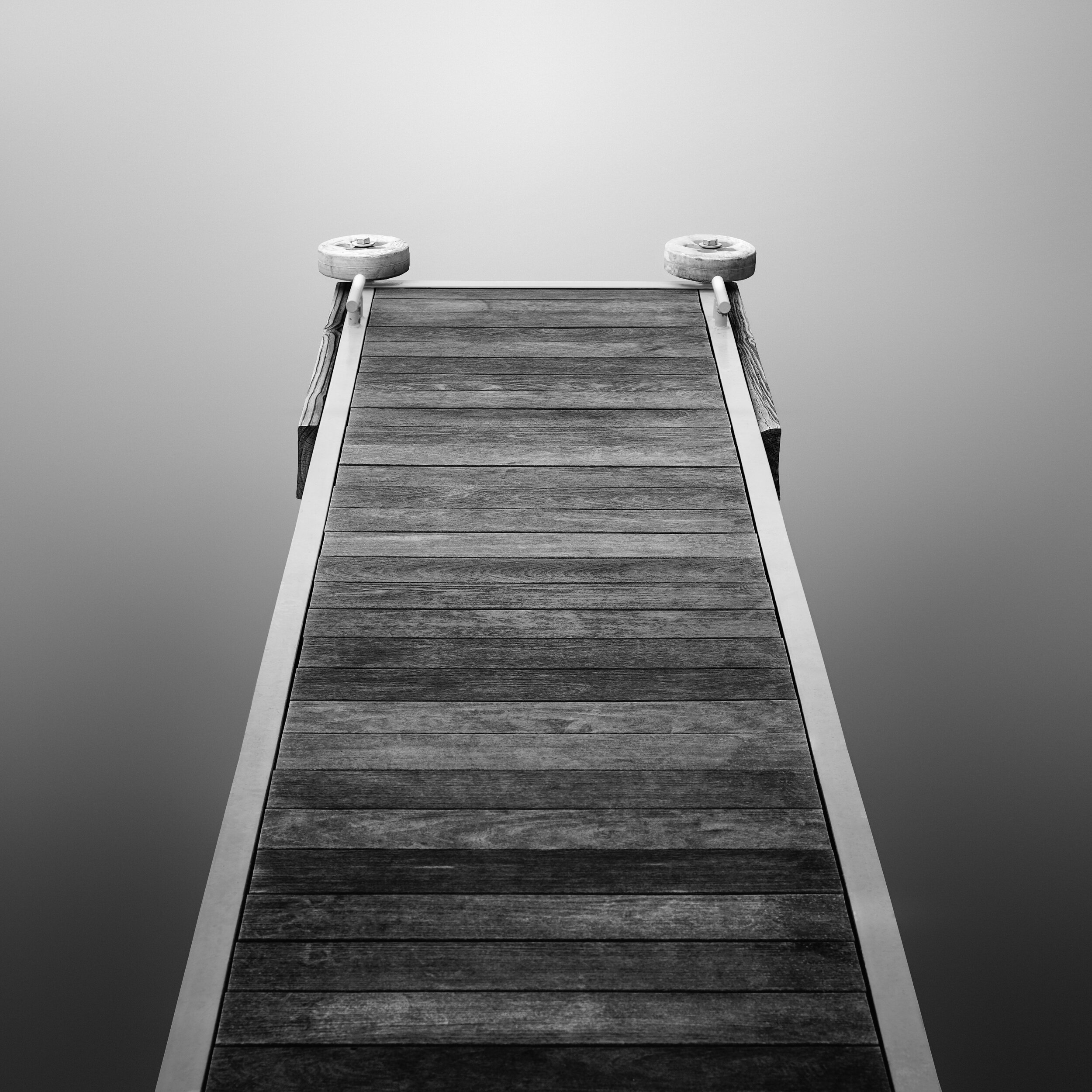
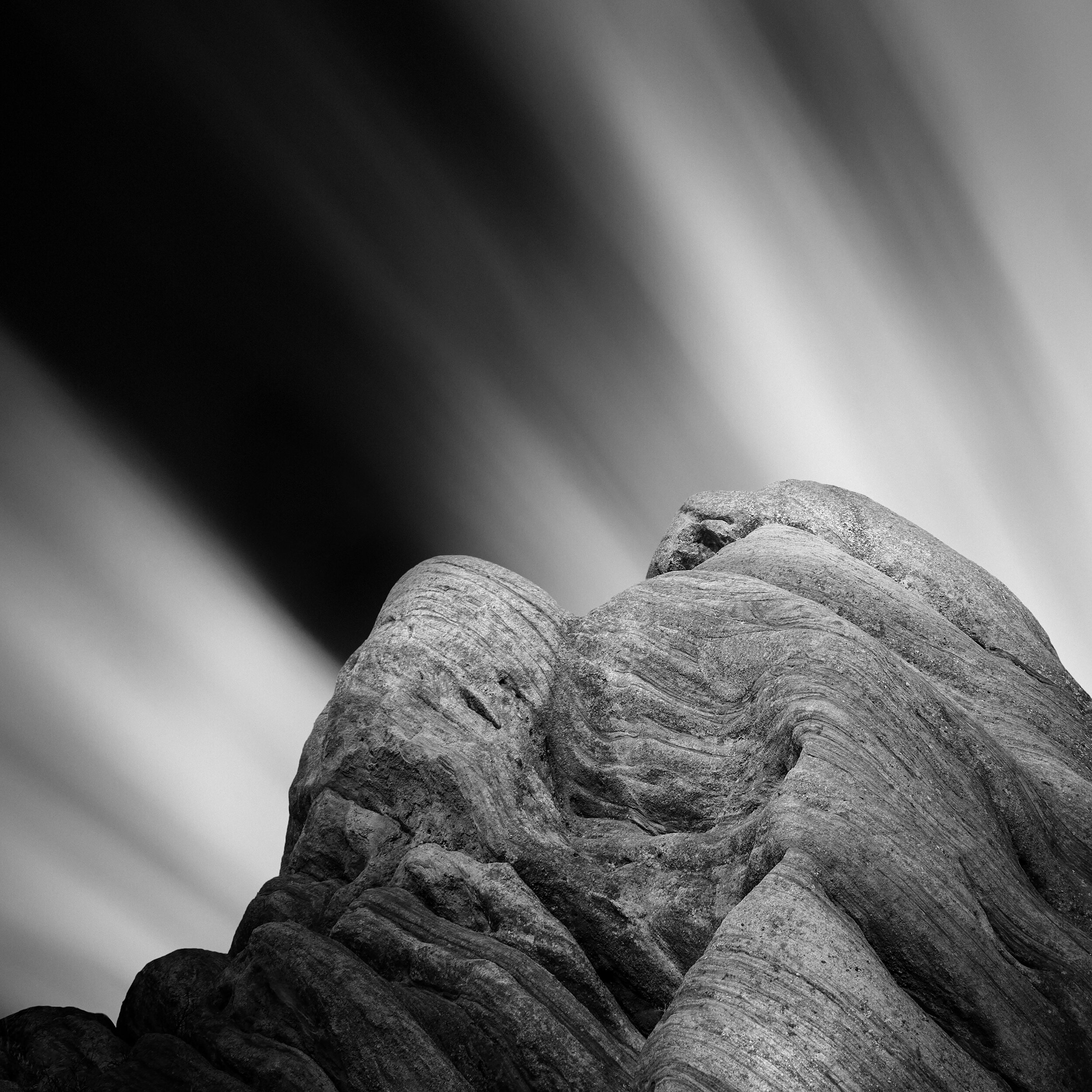
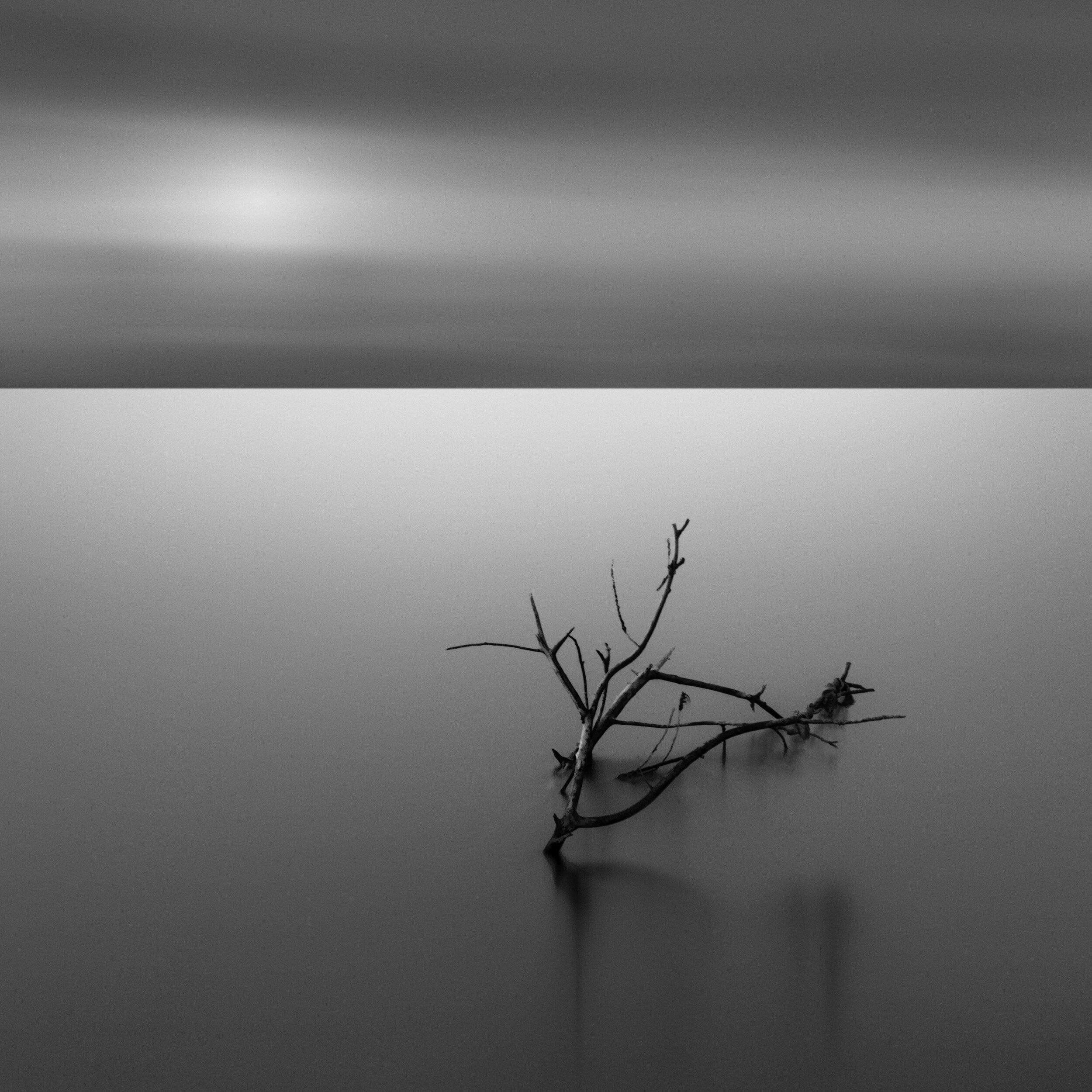
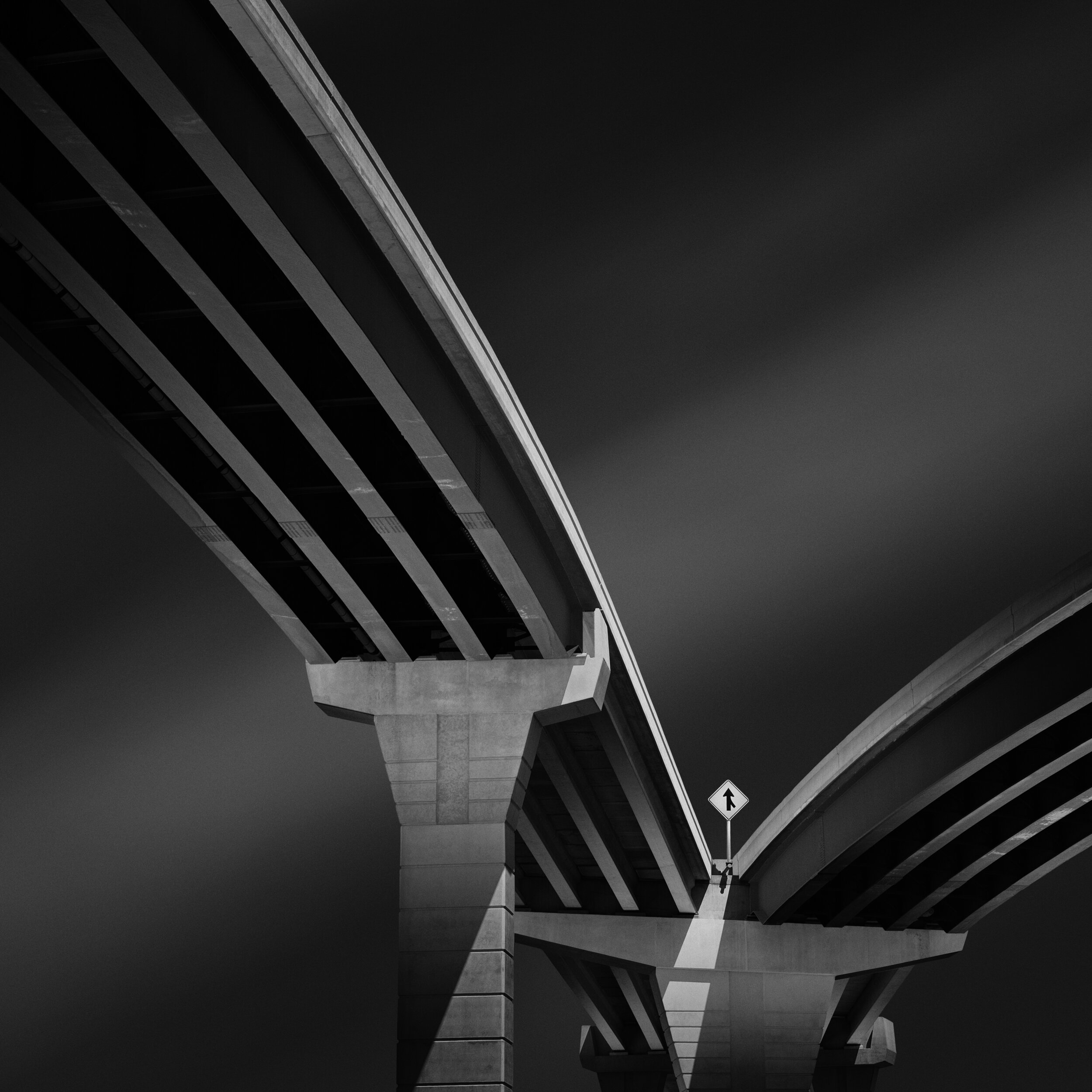
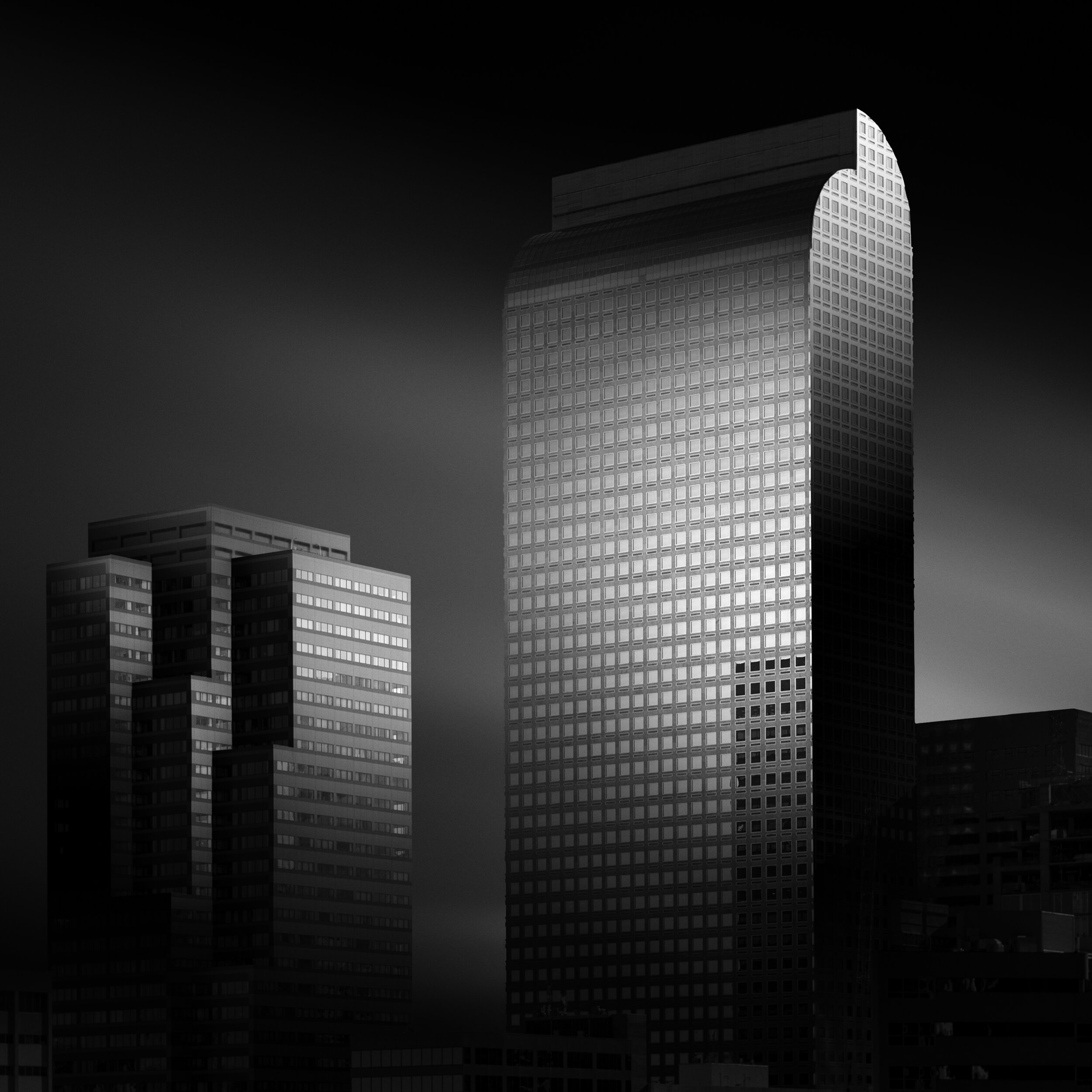
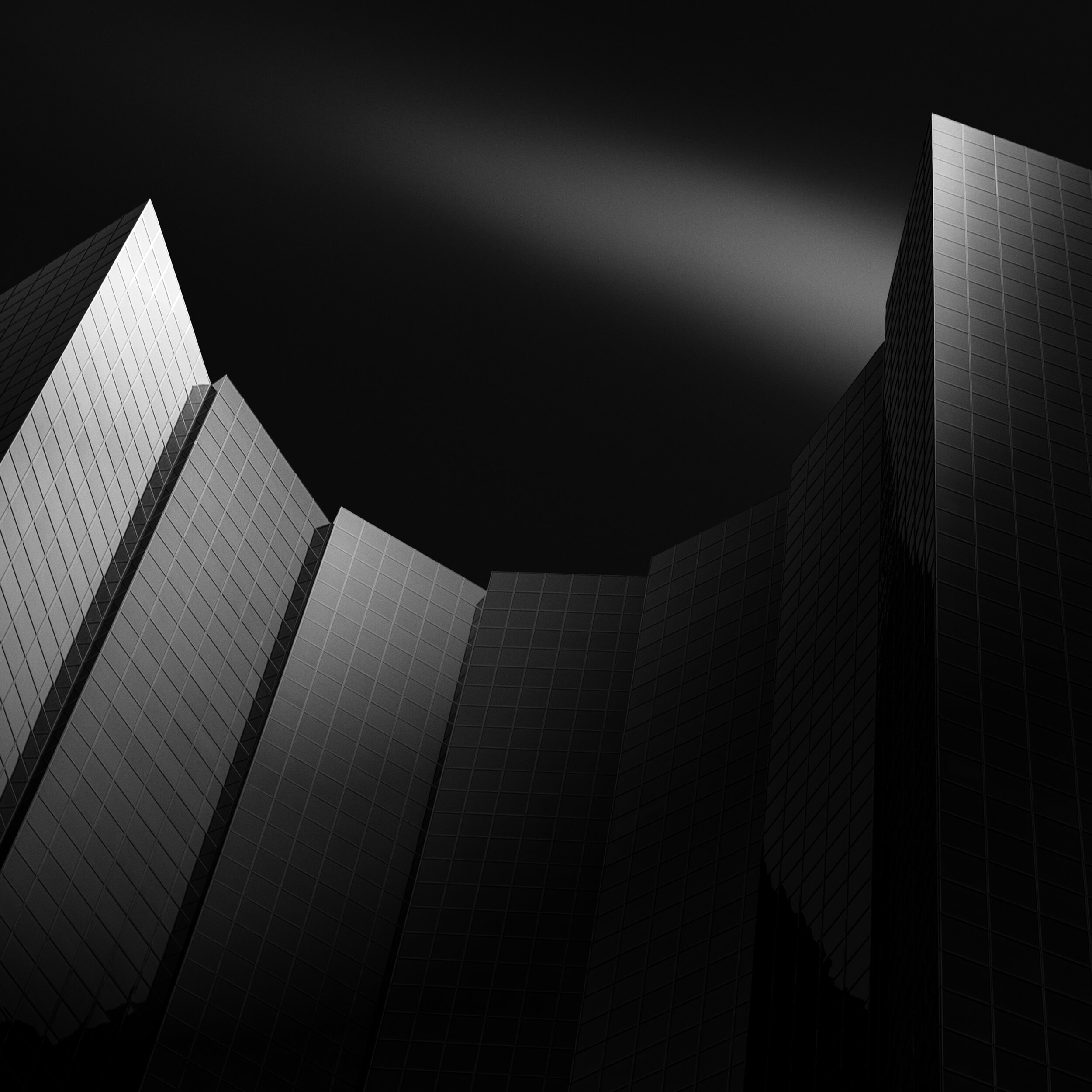
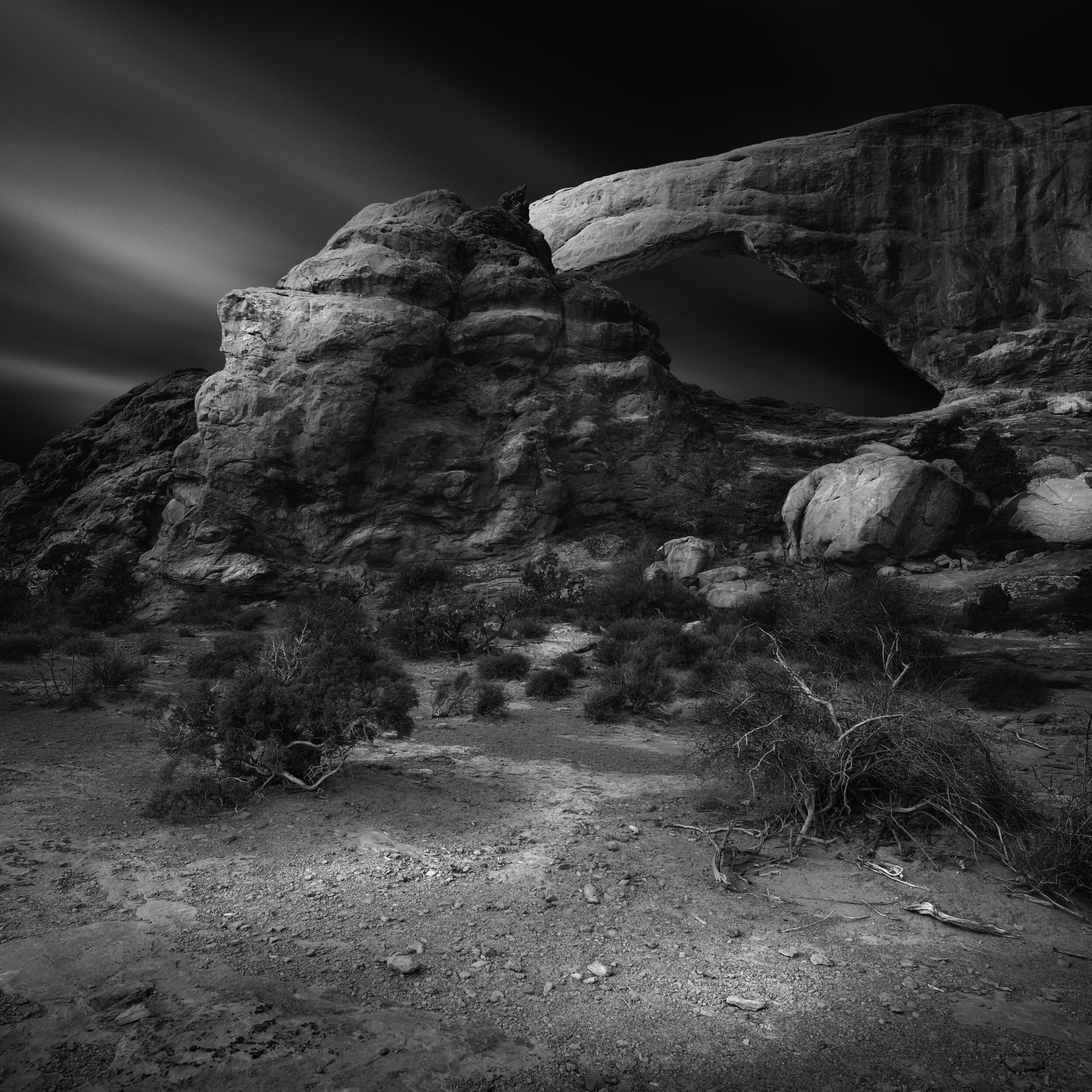
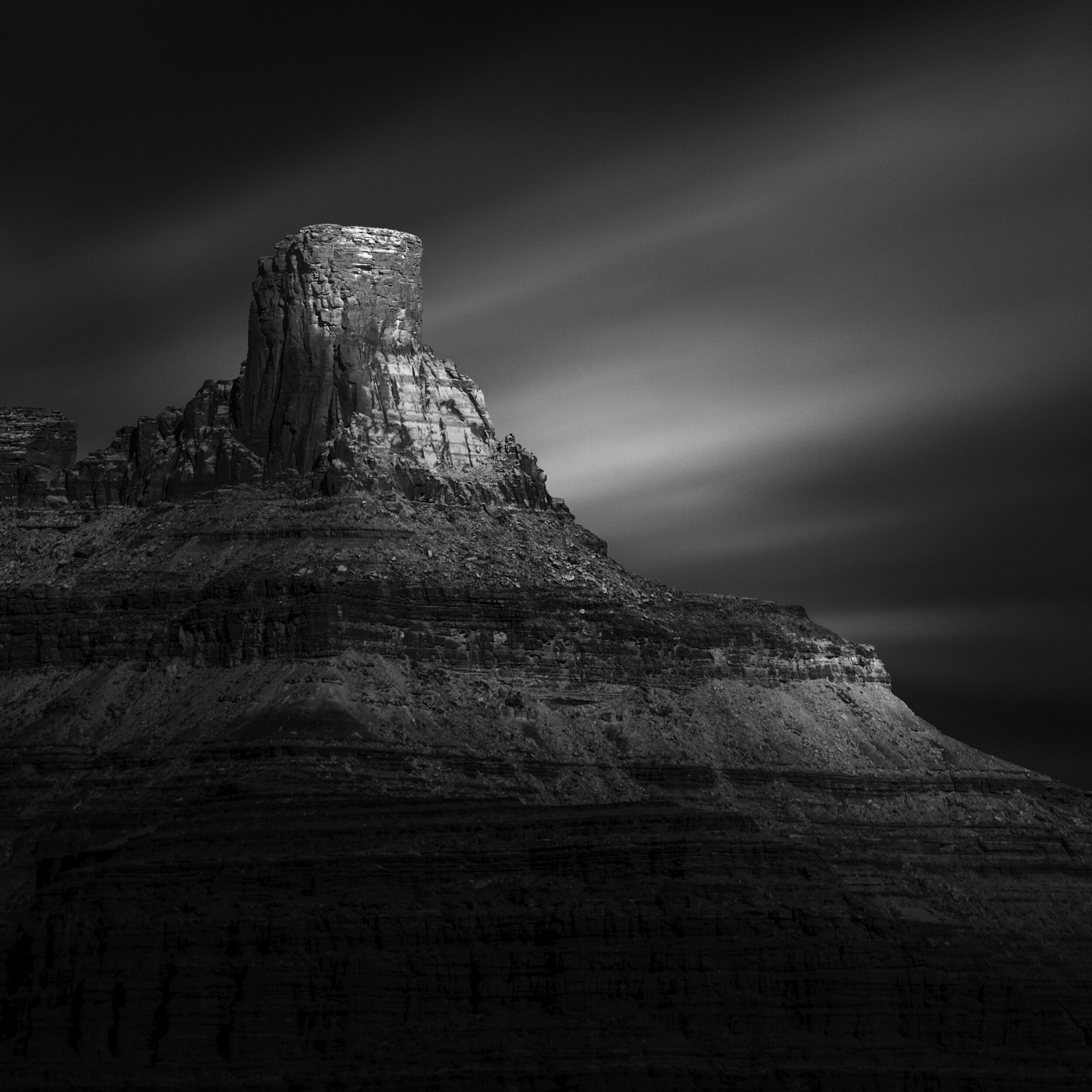
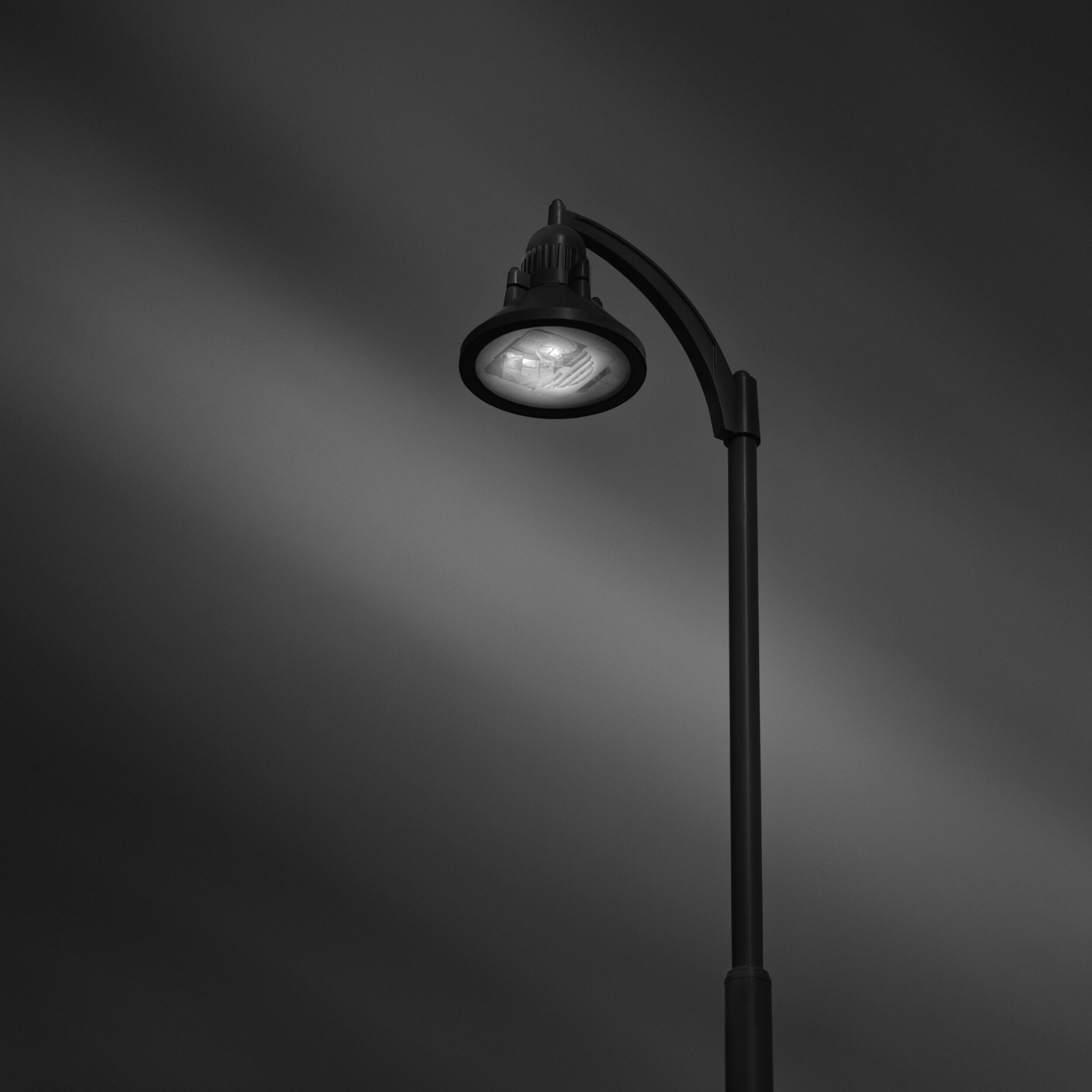
Black and White Fine Art Gallery Provided Courtesy of Kevin Holiday
9. Light Tight ND For Long Exposure
Shooting with 10, 13, and 16 stop ND filters is a relatively new technique. These filters are so dark that even a tiny light leak will create a reflection on the rear of the filter that is far greater than the light actually passing through the filter. This is why we created a dedicated ND slot on our holder system that is recessed and light tight on all four sides.
10. Because it Makes Photography Fun!
Much like a surfer who spends most of the time sitting in the water and only a few seconds actually standing on the board, most landscape photographers spend most of the time planning the next trip, researching locations, getting up early, traveling, prepping gear. The amount of time actually shooting is a fraction of the entire process. Why not make that tiny - yet ever so important - portion of time the absolute best it can be?
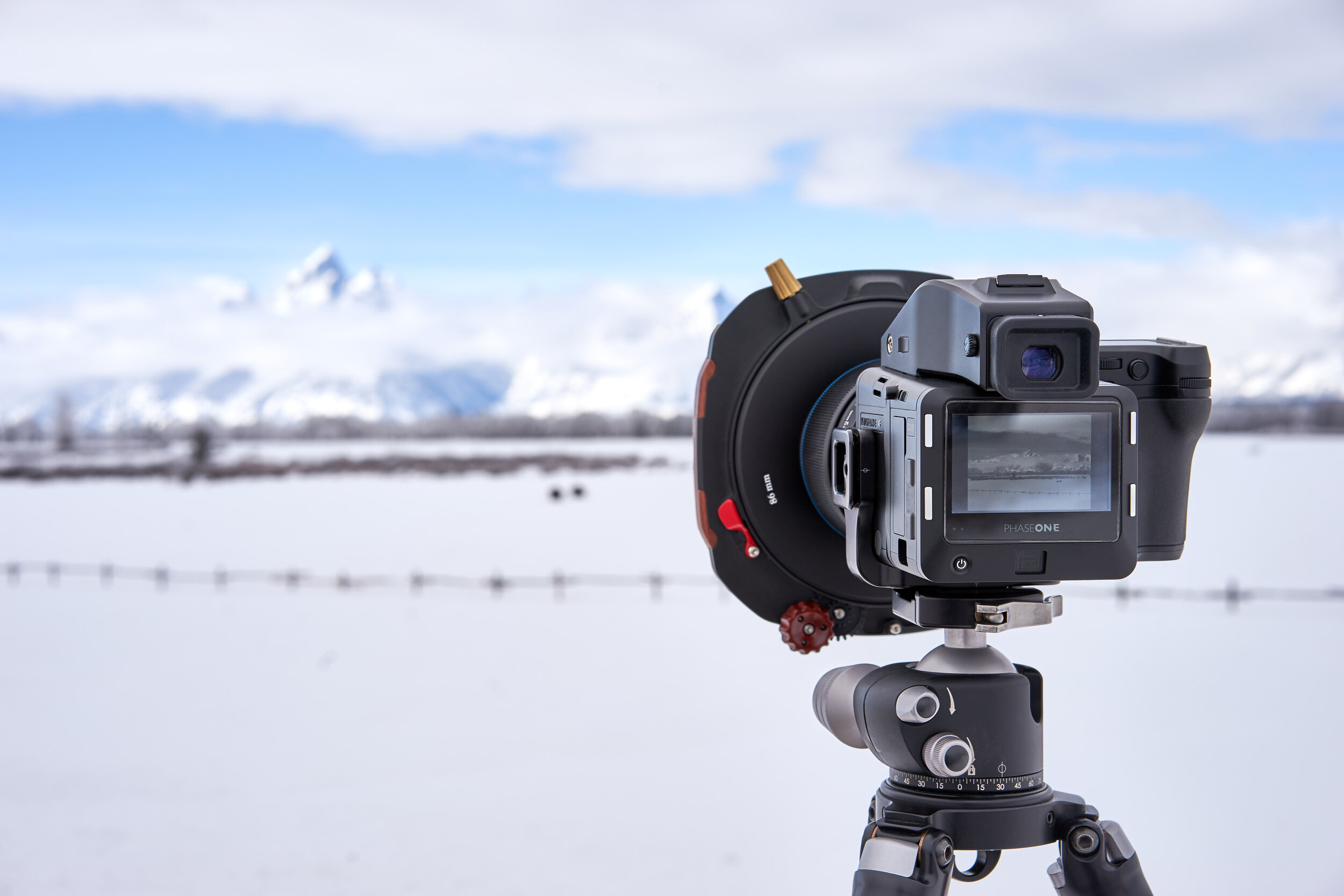
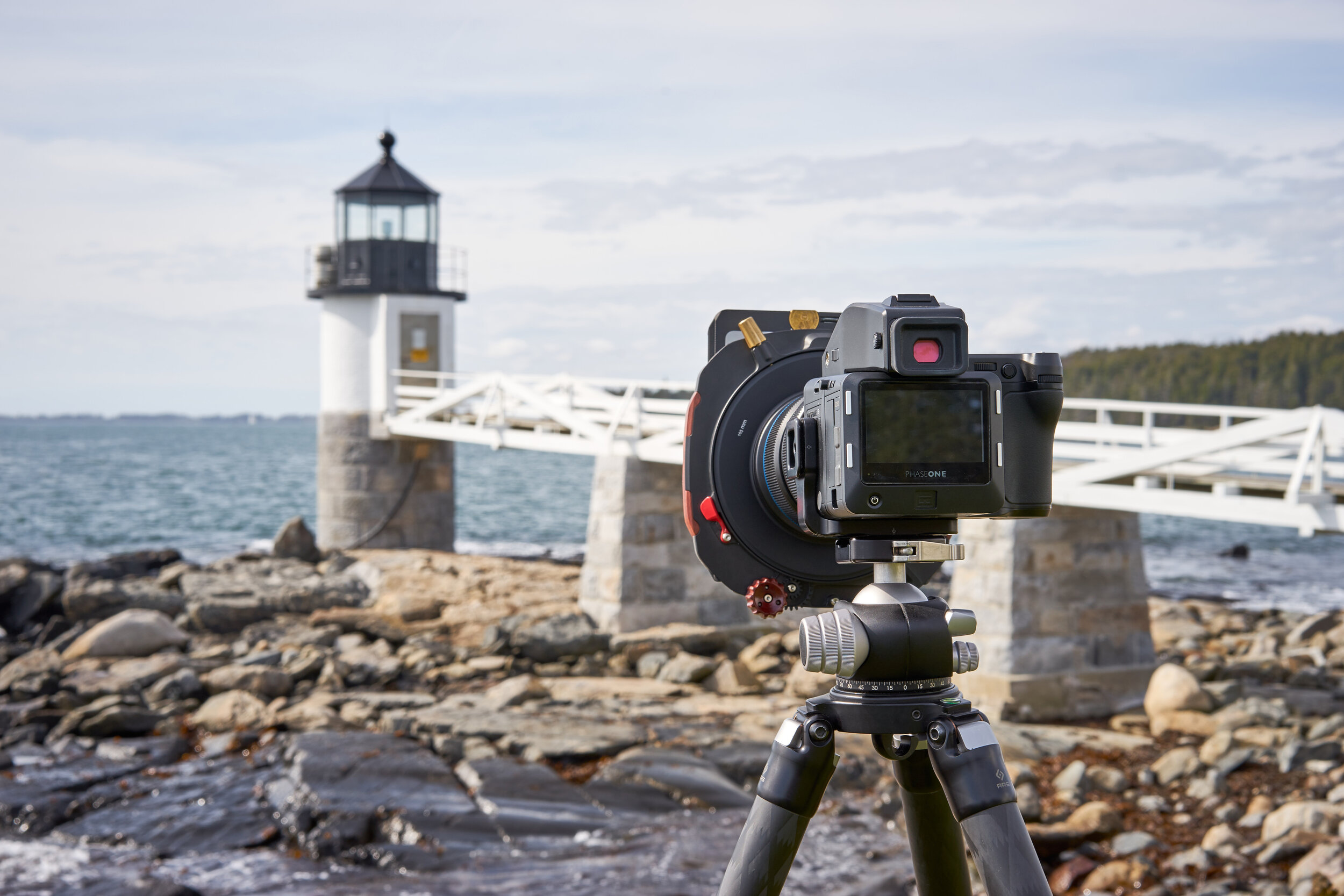
11. Bonus Reason #1: Because Nothing Beats Getting It Right “In-Camera”
Filters are tools to shape your image. They’re the first piece of equipment the photons pass through on their way to your digital sensor. When you start with a great image in-camera, you reduce your post processing time significantly. But even more significant is knowing that you can make great images without “photoshopping it.”






